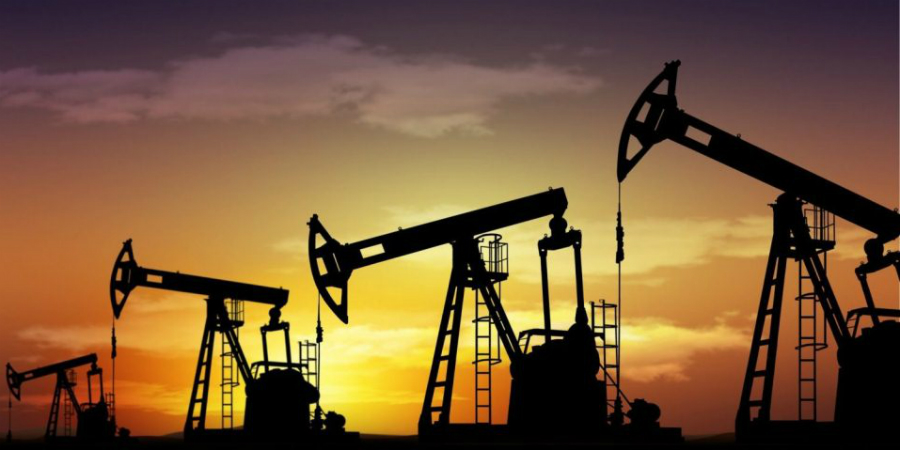The possible drop in fuel prices in 2022 depends mainly on two groups of producers at war to increase oil production after the pandemic: the Organization of the Petroleum Exporting Countries (OPEC) and its allies and shale gas companies from the United States.
The global oil industry’s slow response to rising demand in 2021 has contributed to rising energy costs and inflationary pressures around the world. As the economy shows signs of recovery and residents return to travel by road, rail and air, it will move global oil demand to pre-pandemic levels.
However, supply has not recovered so quickly – which means that to keep up with demand, the industry is burning stored oil. Record oil prices may reach multi-year highs, above $86 a barrel, and many economists are warning that oil could reach $100 a barrel, threatening the economic recovery.
The International Energy Agency (IEA) expects that the market of about 100 million barrels / day will become a surplus in the first quarter of 2022, and that this supply will exceed demand by about 1.1 million barrels / day, which will also reduce prices. Oversupply could rise to 2.2 million barrels/day in the second quarter, according to industry analysts’ forecasts.
However, this is a forecast that depends on OPEC and its allies to increase production to 400,000 barrels / day per month, as the group is known as OPEC + (an alliance between the Organization of the Petroleum Exporting Countries and other countries with large oil production, especially Russia.) is slowly undoing the cuts that were forced to conducted during an epidemic.
The International Energy Agency’s monthly report, last Tuesday, showed that OPEC + is far from its goals: it produced less than 700,000 barrels / day in September and October, largely due to the difficulties faced by the main African producers – Nigeria and Angola – whose maintenance and investment . The problems should also affect next year’s production.
If production shortfalls persist, it could wipe out much of the first-quarter surplus and keep markets tight for much longer. The International Energy Agency raised its forecast for the average price for 2022 to $79.4 a barrel, although it stressed that increased supply could provide some relief.
The United States and other major energy consumers urged OPEC+ to raise production more quickly, but the group fell back on concerns that the new Covid-19 pandemic could reduce demand further in winter.
If oil doesn’t provide an answer, the market is now looking to the shale gas production industry. “There is an element that is likely to increase production capacity even more and that is shale oil in the United States,” Marco Dunand, CEO of Mercuria Energy Trading, told Reuters.
However, shale gas producers responded more slowly than during previous price increases. Investors and shareholders have demanded more capital discipline from the sector than in previous boom-and-bust cycles, penalizing companies that invest in capacity but reward those that pay dividends and reduce debt.
Shale oil companies are struggling with a shortage of labor and equipment, while others say demand remains too uncertain to ramp up production as the industry recovers from the recession caused by the pandemic.
Non-OPEC Latin American producers are increasing production. Guyana, a relative newcomer to the global oil scene, is expected to start producing 220,000 b/d of additional capacity on a floating production system operated by Exxon early next year.
Brazil’s state-owned Petróleo Brasileiro SA is expanding its 180,000 b/d floating platform, which began production in August at the Sépia deepwater field in the Santos Basin. Canadian supply could increase by about 100,000 barrels/day in the first quarter, but oil companies in the world’s fourth-largest producer are also constraining production, said Ann Louise Hettle, vice president of consultancy Wood Mackenzie.

“Wannabe internet buff. Future teen idol. Hardcore zombie guru. Gamer. Avid creator. Entrepreneur. Bacon ninja.”

